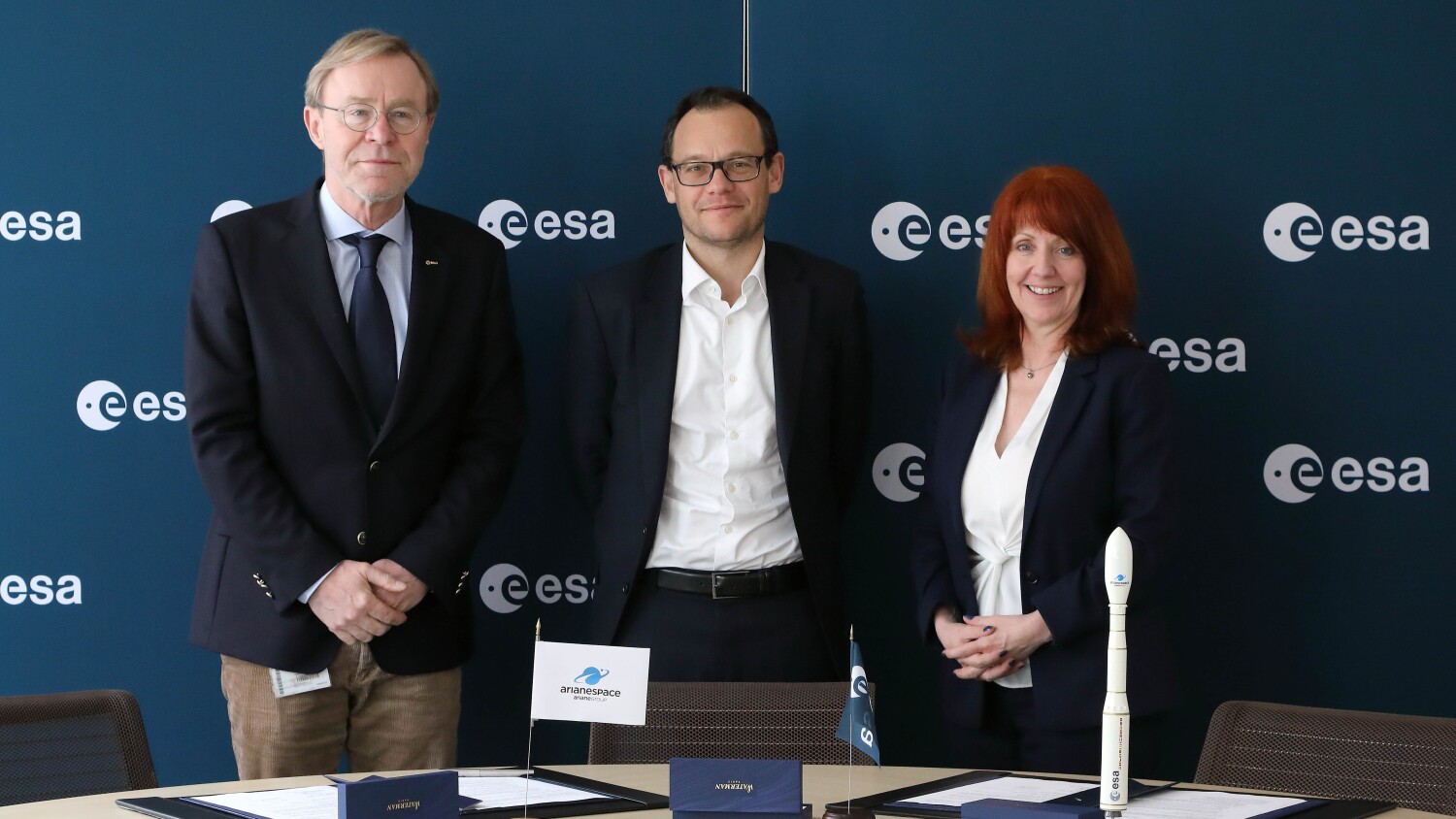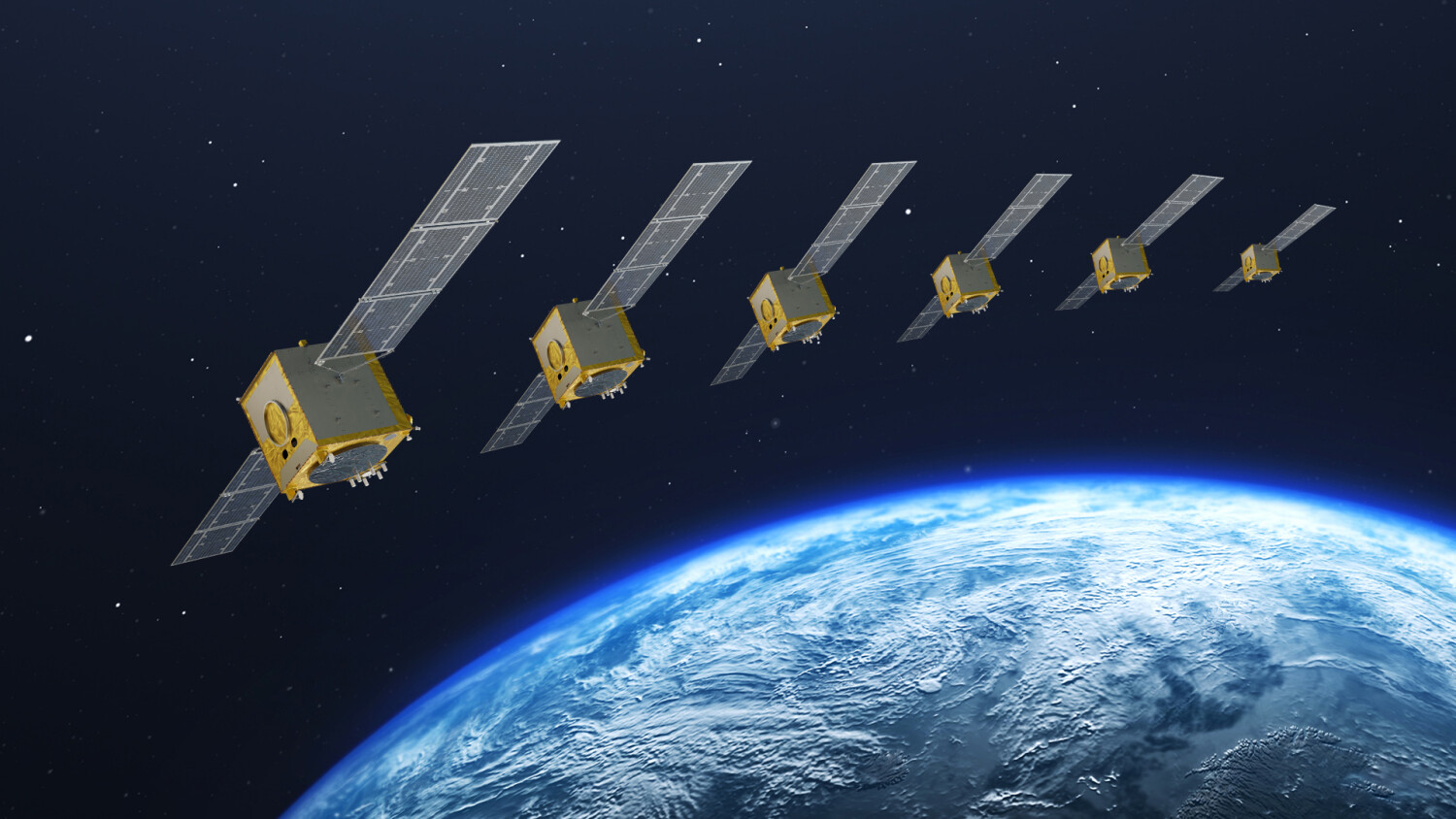On Thursday, May 14, Arianespace’s second mission of the year successfully launched two scientific satellites for the European Space Agency (ESA): the Herschel space telescope and the Planck scientific observatory.
44th Ariane 5 launch, 30th success in a row
The two satellites are being launched towards the L2 Lagrange point, once again demonstrating the operational capabilities of Ariane 5. This is the only launch vehicle on the commercial market today capable of launching two payloads simultaneously and handling a complete array of missions, from commercial launches into geostationary orbit, to scientific missions into special orbits.
With 30 successful launches in a row, Ariane 5 has amply proven its reliability and availability. This latest launch also confirms Arianespace’s position as the benchmark provider of launch Service & Solutions, guaranteeing independent access to space for everybody in the space industry, including national and international agencies, private and government operators. Jean-Yves Le Gall emphasized this pivotal position recently, when he quoted one of Arianespace’s best customers as saying: “If you really want to be a space industry player, you have to be launched by Ariane 5.”
Herschel/Planck mission at a glance
The mission was carried out by an Ariane 5 ECA launcher from Europe’s Spaceport in Kourou, French Guiana. Liftoff was on Thursday, May 14, 2009 at 10:12 am local time in Kourou (13:12 UT, 3:12 pm in Paris, 9:12 am in Washington, D.C. and 5:12 pm in Moscow).
Once injected into transfer orbit, the two satellites will independently move to their operational orbits around the L2 Lagrange point in the Earth-Sun system, at 1.5 million kilometers from Earth, on the side away from the Sun.
Herschel and Planck scientific satellites
Herschel space telescope: a follow-on to the ISO (Infrared Space Observatory) program, the Herschel space telescope has two main objectives: observation of the “cold” Universe, in particular the formation of stars and galaxies; and studying the chemical composition of atmospheres around celestial bodies and the molecular chemistry of the Universe. Herschel’s mirror, at 3.5 meters in diameter, is the largest ever deployed in space. The spacecraft weighed 3,402 kg at launch.
Planck scientific satellite: the Planck scientific observatory is designed to analyze the remnants of the radiation that filled the Universe immediately after the Big Bang, which we observe today as the cosmic microwave background, offering unprecedented sensitivity and resolution. Planck will provide vital information concerning the creation of the Universe and the origins of the cosmic structure. It weighed 1,921 kg at launch.
Both Herschel and Planck were built by Thales Alenia Space as prime contractor.







